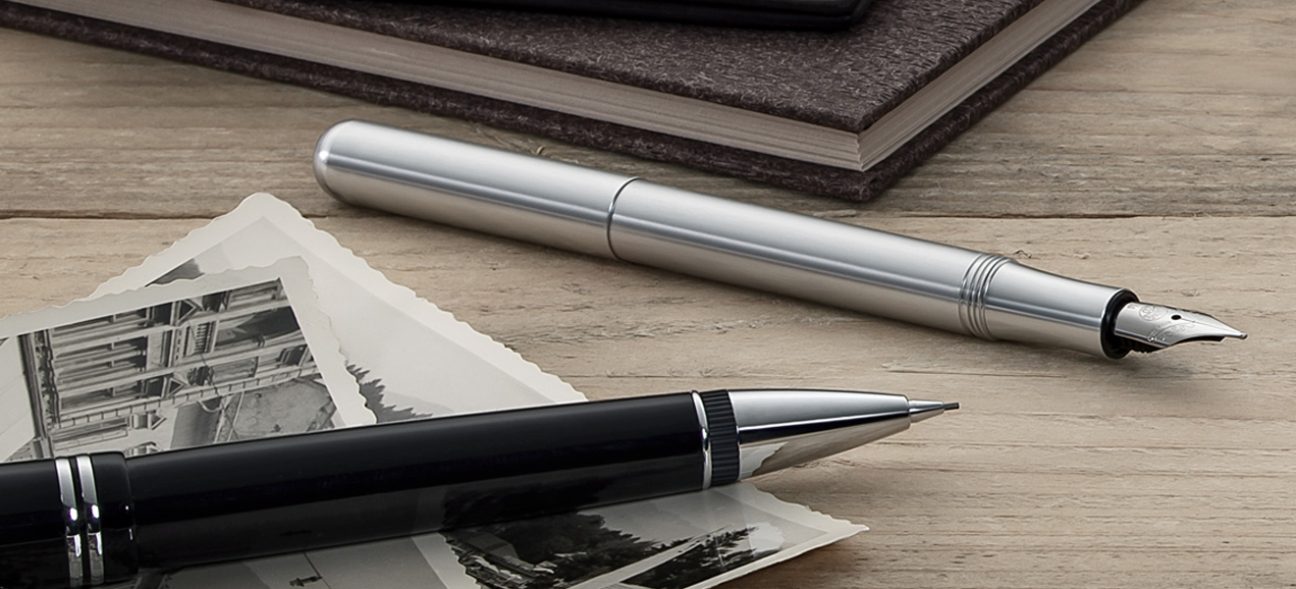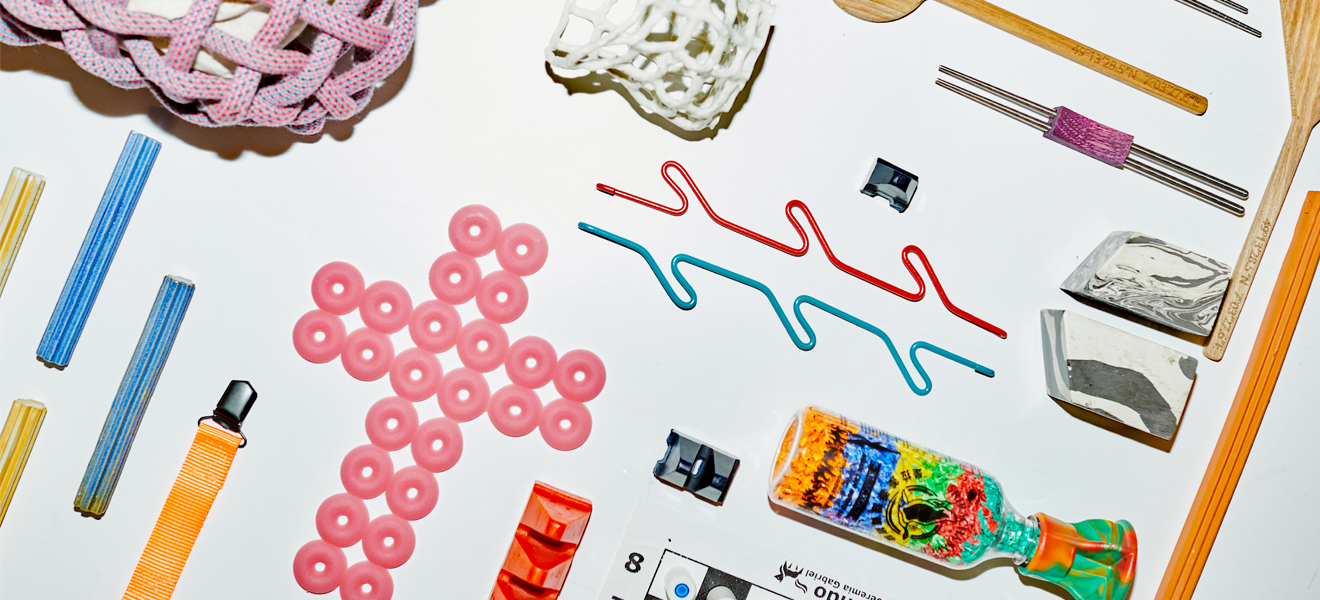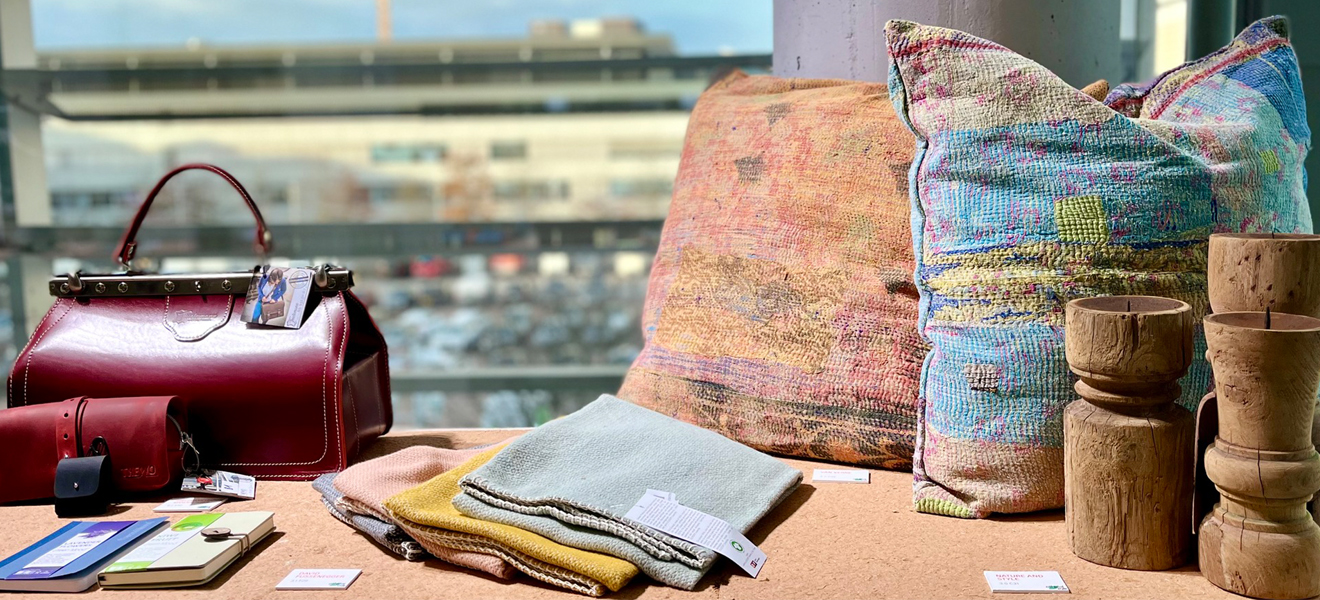Perhaps at one point, it looked as if digitisation would make writing with pen and paper obsolete. But in the meantime, it has become clear that although this valuable cultural technique is changing, it is by no means going out of fashion. On the contrary: the enjoyment of fine writing instruments, papers, notebooks and calendars is growing worldwide. The reasons for this range from lifestyle trends such as JOMO (Joy of missing out) and digital detoxing to studies in brain research, the results of which read like a real plea for handwriting.
Yes, the use of digital media has changed the subject of handwriting – but not necessarily made it worse. While in the “good old days” writing by hand was a necessary everyday routine, today it is often the special moments when we reach for pen and paper. This development is recognized by traditional manufacturers such as Kaweco (cover picture), whose design-oriented series reach a generation of digital natives who value analogue writing instruments in a new way.



Creation and moments of happiness
One person who certainly wouldn’t want to do without pen and paper is renowned designer Mark Braun. “In the creative process, drawing offers a lot of freedom for communication here in the team. Writing, on the other hand, is an incredibly vital tool in the conceptual phase. My notepads are full of notes, ideas and text fragments”, Braun reports. He assesses writing in a private context differently again. Here he also sees handwriting as an expression of his own state of mind. “It’s good to find the time to sit down with a pen and a piece of paper and sort out your thoughts.”
While in everyday life he usually uses the pigment liners and pencils lying everywhere in the studio, on special occasions he likes to reach for the fountain pen, to which he also has a special professional connection since he designs for the heritage brand Otto Hutt. “Of course I should like the appearance of my fountain pen. But the most important thing with these high-quality instruments is the writing performance. Writing with a really good fountain pen can create moments of happiness.”
One important reason why Braun likes to write by hand is that it allows him to structure and remember content better than when he works with digital media. His experiences are in line with current research. This proves that writing by hand has many positive “side effects”, for example on conceptual thinking, memory and spatial perception. Several international studies show that students who write down what they hear with a pen and notepad perform better in terms of conceptual knowledge than those who type what they hear into a laptop. Although the notes taken by the “typists” are more accurate in terms of wording, people writing by hand are better able to remember the contexts.
Handwriting makes you smart
Dr. Henning Beck, neuroscientist and bestselling author, explains why. “Whereas when we type quickly on the keyboard, we usually simply copy what we hear 1:1, when we write slowly by hand, we have to decide what to put on paper. That’s why we concentrate on the essentials while listening. We handle the content directly and write down in our own words what we have understood. In short: typing is limited to the purely auditory motor process; handwriting includes a thinking process. Writing with the Surface Pen and touchscreen has similarly positive effects. The writing movement alone seems to help us remember the content.”
However, the scientist points out, a touch screen always remains a disc that lacks the spatial component. But it is precisely this that helps us immensely in remembering. Pre-structured or coloured blocks, dog-ears or coffee stains on the paper: With details like these, we unconsciously link the contents and can remember them better. The industry offers many innovative products for this purpose. The notepad of Carchivo, for example, grows with us thanks to the clever pane system. The design classic from Ballograf, nicknamed the “post pen”, is always at hand when you need it for good thoughts.



Free Writing for Learning
And there are many more good arguments for handwriting. Studies show: Working with pen and paper appeals to many more brain regions than digital alternatives, promotes the development of fine motor skills and activates spatial understanding. For example, children demonstrably learn letters better when they write them freely by hand instead of guided drawing or even just clicking on them. Beautiful pencils in appealing colours and great effects, such as the scented pencils of the brand Tinc, as well as notebooks in “cool” designs, such as those of the Croatian brand MarMar, encourage the little ones to achieve great learning successes and ensure lasting joy in drawing, painting and writing.


Handwriting decelerates
So handwriting makes you smart. But not only that: It also relaxes in times when the digital world is moving faster and faster. Lifestyle trends such as JOMO (Joy Of Missing Out), journaling or writing “not-to-do lists” are conscious counter-reactions to the digital pace as well as social media phenomena such as FOMO – the “Fear Of Missing Out”. For digital detoxing with pen and paper, the industry offers a wealth of attractive, emotional products that appeal to all the senses: Diaries, notepads, journaling and bullet point notebooks made of haptic high-quality and uncoated papers meet individual writing instruments that invite you to structure yourself calmly and unfold creatively.


Handwriting is personal
The trend of handwriting as an appreciation of oneself and others is moving in a similar direction. Born out of the weariness of fast-moving digital communication, the joy of what remains is growing. In this context, there are hobbies such as calligraphy, but also keeping a personal diary or writing letters, for which a special pen is reserved, such as the “nibs” by Rubinato.

Global growth
Lifestyle trends like these are currently noticeably reflected in the global markets. For example, the institute Grand View Research forecasts that the global market for writing instruments will grow by over four per cent to 23.94 billion US dollars by 2030 (2023: 17.73 billion US dollars). According to the report, these positive developments are being fed from various directions. According to the report, luxurious and individualised writing instruments in particular are increasing in popularity as gifts for special occasions. In line with this trend, companies also appreciate attractive writing instruments from well-known brands for their corporate branding and advertising purposes. In addition, the increasing number of book readers and story writers means that coloured pens and highlighters of all kinds are experiencing a real boom.

Sustainability as a driving force
As an overriding trend, the topic of sustainability runs across all product groups. Consumers are very consciously looking for environmentally friendly and refillable pen variants and sustainable paper. The companies in the industry are surprising us with many creative innovations. The Italian manufacturer Giuseppe Di Natale, for example, uses fabric scraps for its sustainable notebook series “Renew”. The Greek brand Flexbook, on the other hand, uses paper based on agricultural residues for its Ecosmile label.
What becomes a trend
Ambiente 2024 will show, for example, which other trends are gaining ground in the sector. With almost 300 exhibiting companies, “Urban Gifts, Stationery & School” Hall 4.2 is the biggest international platform in this sector. It offers the highest density of suppliers of writing instruments and stationery as well as a unique, multi-faceted range of core and additional assortments. Complementing this, the “Working” platform unfold the thematic field from office furnishings to equipment in Hall 3.1, the Festhalle and the Forum.
Header image: Kaweco









